US: Trends likely to impact Pork Checkoff Analysis
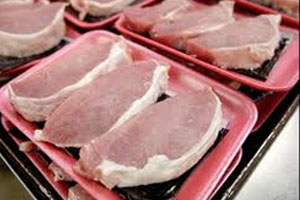
As the National Pork Board sets its course for 2015 through 2020, the organization’s strategic planning task force was recently presented an analysis of top trends in the economic and food production environment that are most likely to impact the Pork Checkoff program.
The analysis is part of the National Pork Board’s strategic planning initiative. The task force met for the first time in December.
“Our overarching objective is to assess the role the Pork Checkoff plays in an ever-changing world and to identify strategic opportunities for us to help move the pork industry forward,” said Chris Novak, chief executive officer of the National Pork Board. “This may mean developing programs that increase consumer trust and comfort in purchasing pork.
“Consumer needs regarding food safety and transparency, and producer needs to protect the environment and provide the best possible animal care will be front and center,” Novak said.
Dr. Daniel Sumner, the University of California at Davis, and Dr. Steve Meyer, Paragon Economics, identified the following trends as critical to address:
• There is a marked increase in U.S. consumption of pork, which is outpacing sales of all meat products. U.S. pork consumption is at a 10-year high and only expected to increase.
• While the domestic pork market is the biggest by far for U.S. producers with 75 percent of U.S. pork production consumed domestically, Asia presents a growth market with 30-year projections of income growth and a rising middle class that demands more protein and produce.
• Productivity of the average pig farmer has increased, with pigs per litter and average market hog weights both increasing. This creates an immediate 2.6 percent increase in the amount of pork entering the market today.
• Food safety and farm practice issues will modify demand in rich countries and increasingly in middle-income countries with retailers – including foodservice firms – showing a strong interest in understanding farm practices and encouraging farmers to meet the demands of opinion leaders.
“Real per capita expenditures are very strong, with individual pork demand at its highest levels since 2004,” said Meyer, who noted that the percentage growth in pork sales in the past year is the highest among all meat products, including pork, beef, poultry and lamb.
“Domestically, people are spending more on meat even while per capita income fails to grow. Following a year where animal activism increased its pressure through the release of undercover videos and the use of social media, people not only continued to buy meat, but in fact, bought more meat and paid significantly more for it,” Meyer said.
Sumner said global income and population growth continue to drive pork demand.
“On a global basis, the need for increased pork production over the next decade is very real,” Sumner said. “The U.S. pork industry must keep up, and even outperform past history, in order to meet increasing demand in both wealthy countries and those developing countries with rapidly growing per capita incomes.”
For members of the task force, the strategic planning process will be centered on asking a simple, yet aspirational question: “What if?” The question is designed to push the imagination about what the industry could be.
“In 2009, we set a vision for an industry that was responsible, sustainable, professional and profitable. We set goals to protect a farmer’s freedom to operate, to reposition fresh pork with consumers and to make U.S. pork producers more competitive in the global marketplace,” Novak said. “Today, we must also focus on the issues important to society. That’s what this planning process will uncover.”
Novak added that among the most important topics of interest today are food safety, the environment and animal welfare.
Join 18,000+ subscribers
Subscribe to our newsletter to stay updated about all the need-to-know content in the pigsector, three times a week. Beheer
Beheer

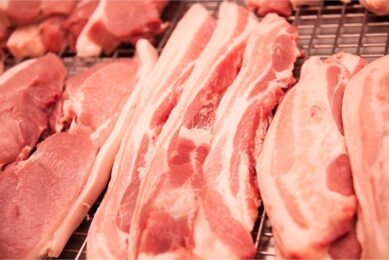
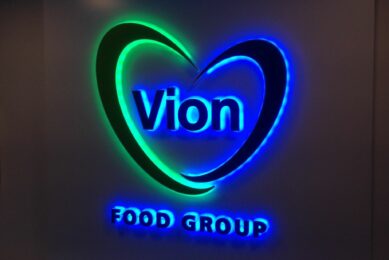
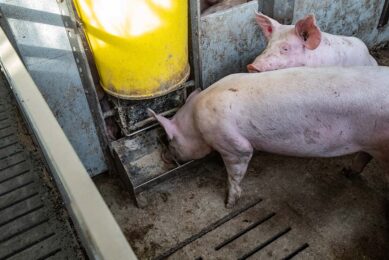
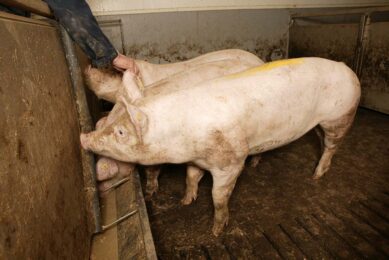





 WP Admin
WP Admin  Bewerk bericht
Bewerk bericht